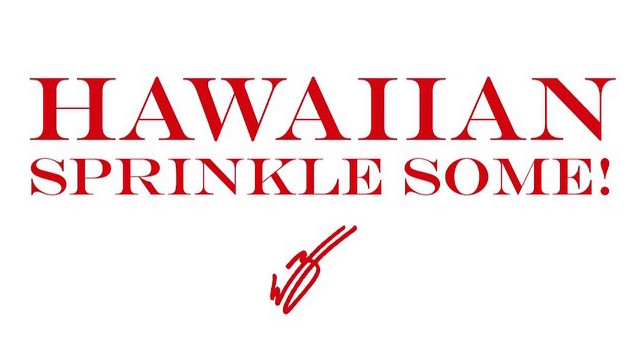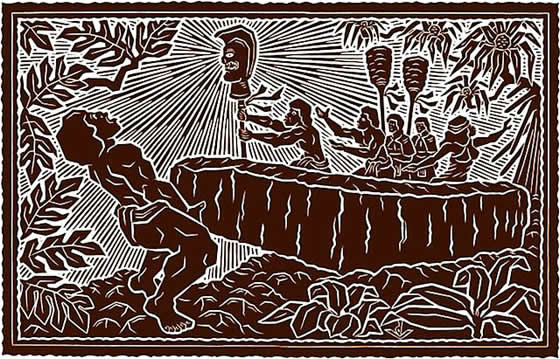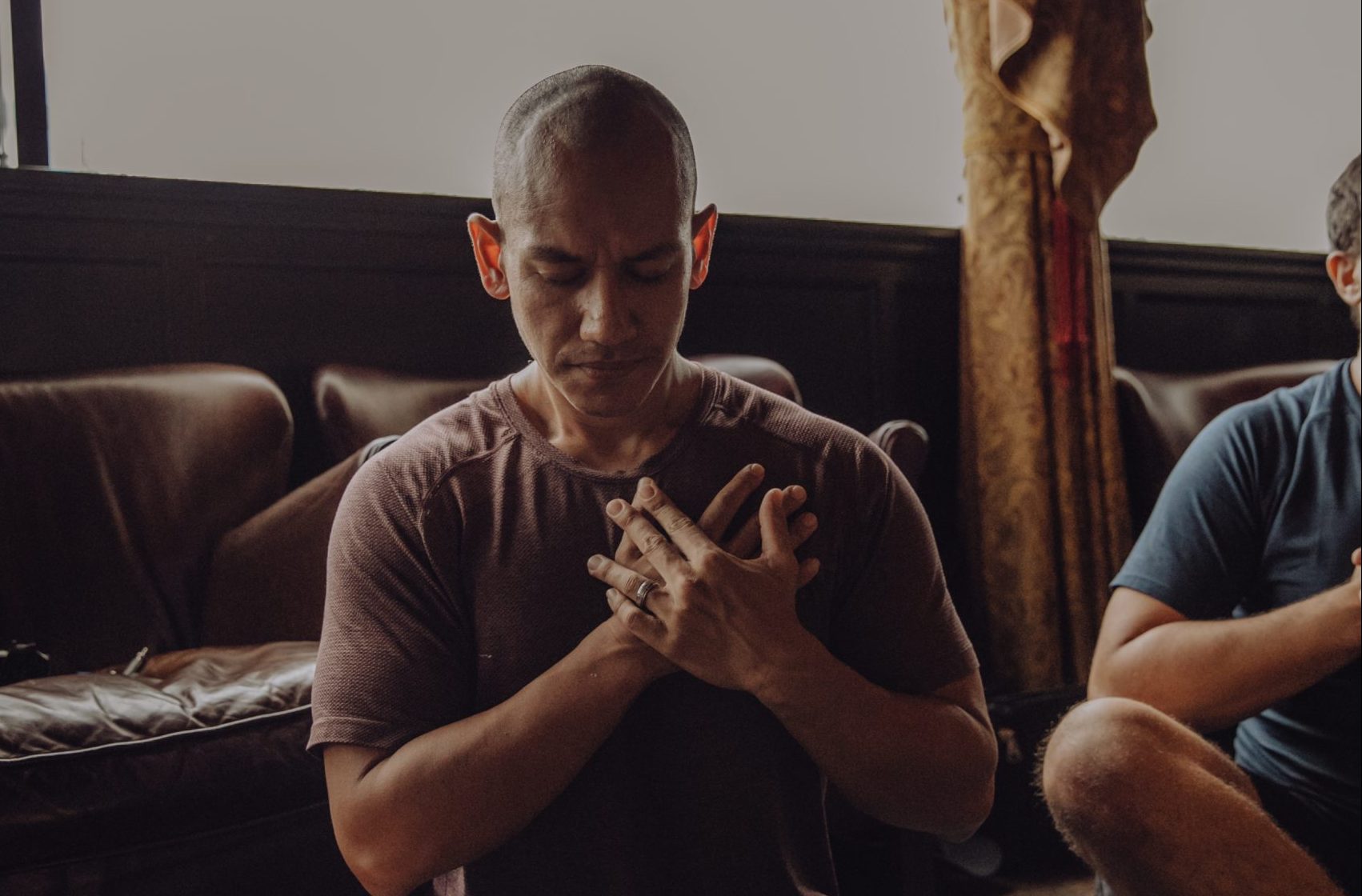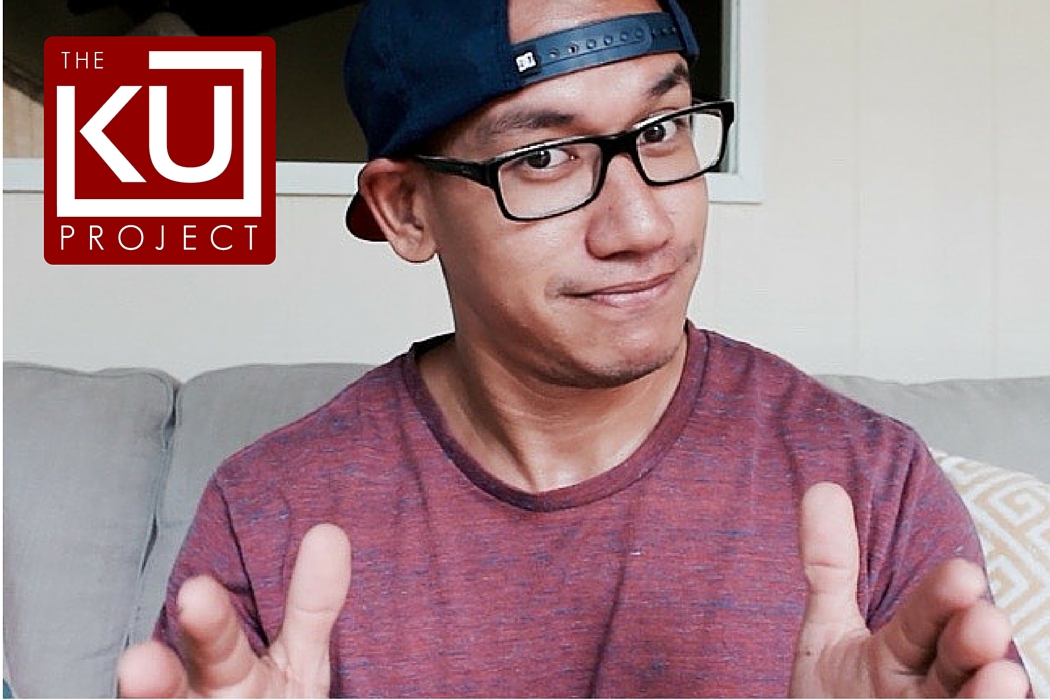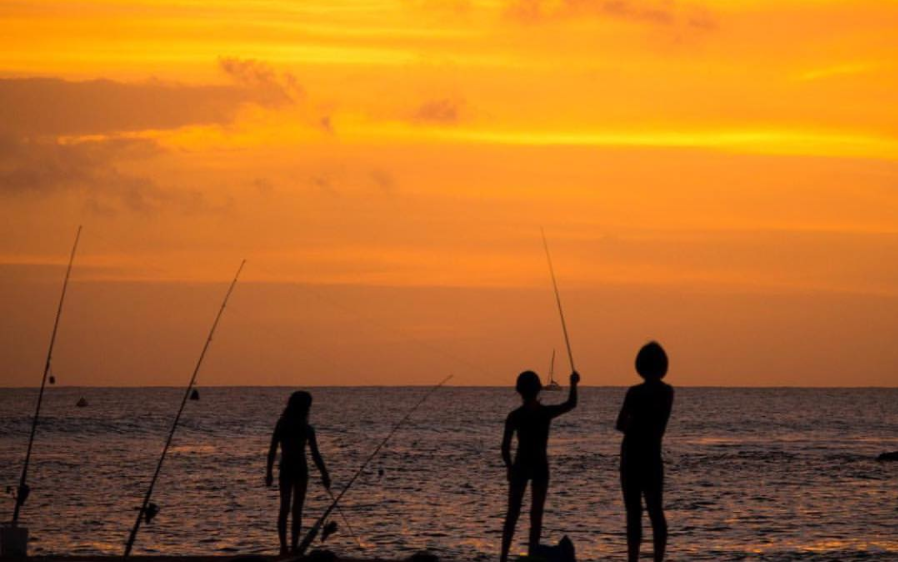Kamehameha was a weightlifter.
Kekuhaupi’o was a weightlifter.
All warriors during ancient times would have been weightlifters. If na koa had the resources that we have today, they would be using barbells, kettlebells, sandbags, rings, dumbbells, and the list goes on. One of our members of Team Kū said, “If grandpa could, grandpa would.”
Physical performance and the Hawaiian culture go hand in hand in today’s modern Hawaii. While there is a large emphasis on perpetuating the traditional practices such as hula, lua, farming, the language, kakau, la’au lapa’au and more, the missing piece of the puzzle is the perpetuation of Native Hawaiian physical performance and physique.
That’s one aspect of TKP that we strongly emphasize. I believe in perpetuating the culture and its practices, but it’s just as important to strengthen your body in order to be around long enough to continue your mission in life.
How many times do we loose a great musician, leader, cultural practitioner, or positive role model because of their lack of health? Studies have shown that Native Hawaiians and Pacific Islanders generally experience more health risks than the American population. They are at a higher risk for developing and dying from heart disease, cancer, stroke, heart attack, and other chronic illnesses.
In his book, Natural History of Hawaii, William Bryan wrote:
At the time of the discovery of the Hawaiians they were physically one of the most, striking native races in the world … as a race they were tall, shapely, and muscular, with good features and kind eyes. In symmetry of form the women have scarcely been surpassed, if equalled, while the men excelled in muscular strength. Anthropologists agree that the ancient Hawaiian was one of the finest physical types in the Pacific, and compared very favorably with the best types from any other part of the world.
We all have strength within us but some are able to express it better than others, in good or bad ways. There’s always someone we know who never lifted a weight or trained a day in their life and are naturally strong, fast, and have an impressive physique.
Then there are those who need to train that sort of strength, and others allow their strength to sit on the sideline.
The Tradition of Weightlifting
Over my 10 years of experience as a strength and conditioning coach, I’ve always been fascinated with physical performance through weightlifting and helping others move more efficiently and effectively.
One of my favorite stories my dad told me growing up was when Kamehameha, still a young warrior, lifted the sacred Naha Stone, as told in the book The Legend of the Naha Stone, by Rev. Stephen Desha, Sr.:
And now, as the people and all assembled, watched Kamehameha closely, he placed his hands under the stone and began to move them so that he might better take hold. Which being done, he cried these words:
“Naha Stone art thou:
And by Naha Prince only may thy, sacredness be broken.
Now behold, I am Kamehameha, a Niau-pio
A spreading mist of the forest.”Then gripped he the stone and leaned over it, and as he leaned, great strength came into him and he struggled yet more fiercely, so that the blood burst from his eyes and from the tips of his fingers, and the earth trembled with the might of his struggling, so that they who stood by believed that an earthquake came to his assistance.
And he put forth all his strength, and behold, the stone did move under his arms, and he raised it on its side and with supernatural strength did over turn it, so that all who stood by were amazed with awe.
Through the years of watching hundreds of athletes perform and thinking about this story I visualize a certain movement in exercise:
And that’s just a piece of what I envision.
But what I want to challenge you to do, is to think of how the Hawaiian culture’s traditions and practices can be shown in modern day.
During ancient times, rocks, the natural environment, and the pa lua were training tools. Today, weightlifting among others are tools to perpetuate the importance Native Hawaiians placed on physical health and performance. In an article found in Hana Hou titled, The Other Hawaiian Renaissance, by Ronald Williams, Jr., spoke of King Kalakaua’s Renaissance:
He intended to carry forward the mission begun by his predecessor—honoring the native past while securing the future—by turning it into a full-fledged movement…Kalakaua also was aware, however, that being seen as a progressive and modern nation would strengthen Hawai‘i’s independence on the international scene.
Is Weightlifting a Hawaiian Practice?
Yes.
During POW! WOW! Hawaii 2015, I came across a wall mural with a strong statement and very thought provoking. It was a mural done by artist, Kuhao Zane, where he shared, “Hawaiian is a perspective that has no aesthetic boundaries or inherent theme. Hawaiian is the language of the land. A perspective of the people embedded in practice.”
The Kū Revolution emphasizes on building strength physically, spiritually, emotionally and culturally. It’s learning how to ‘honor the native past while securing the future’. Is it crazy to think that lifting weights and performing such exercises as being Hawaiian? Or is it the intention and perspective that matters?
In the end, we can all agree that physical performance, strength, and health were vital for the ancient Native Hawaiians, and pohaku ho’oikaika (weight lifting) is up there with the rest of the traditional practices.
